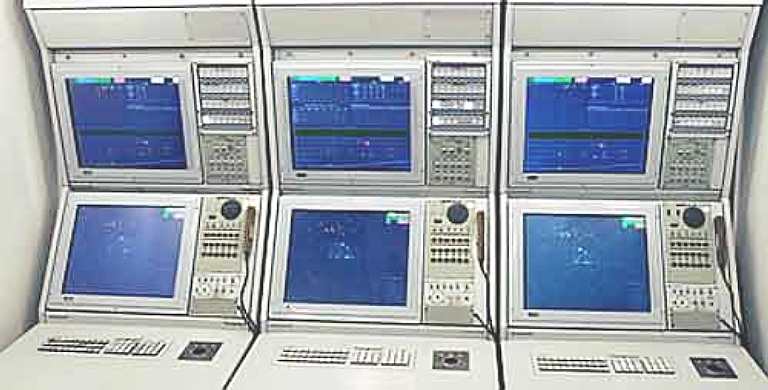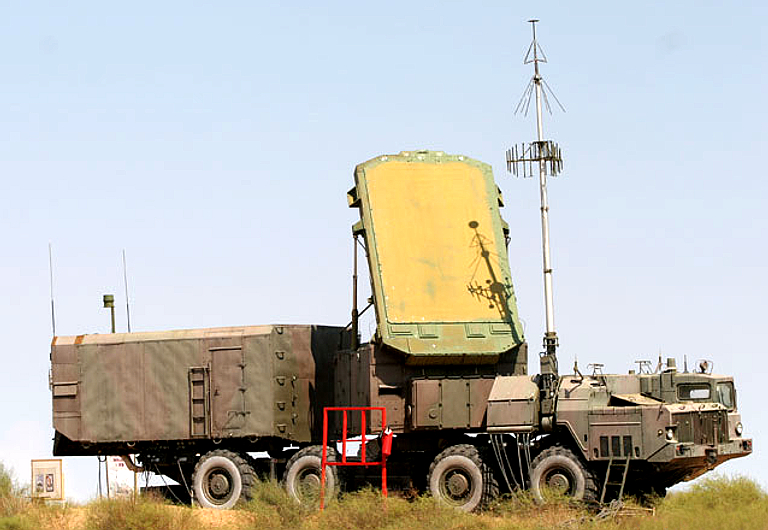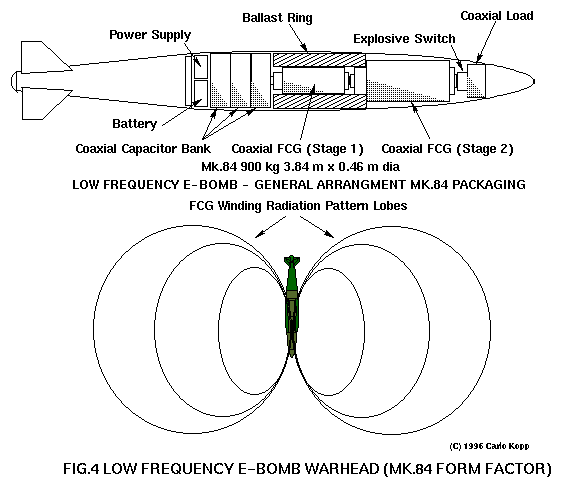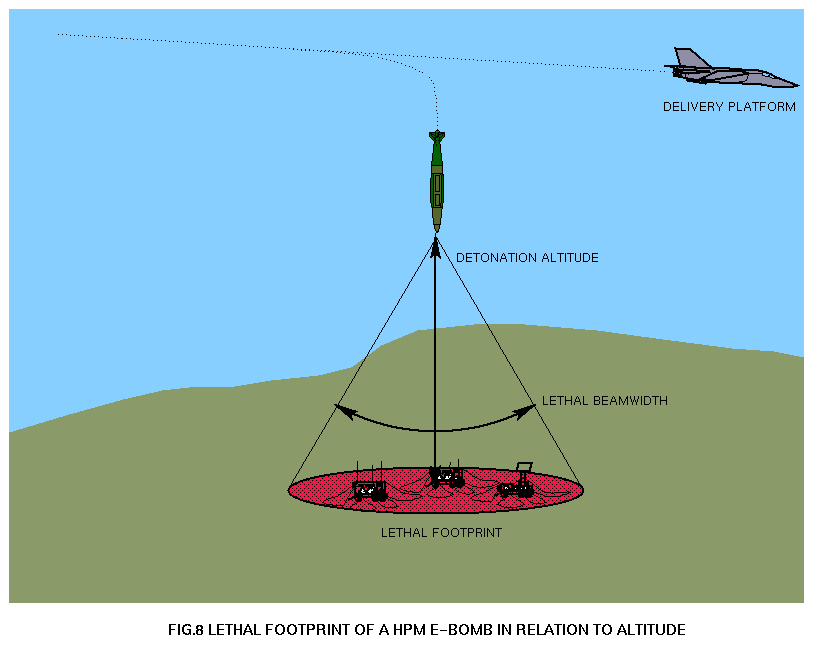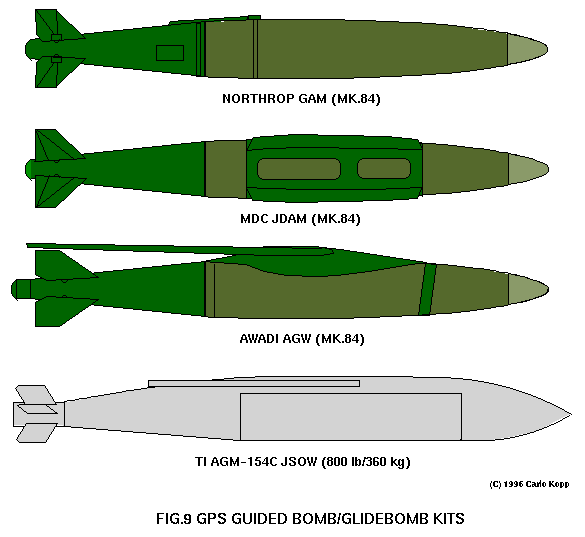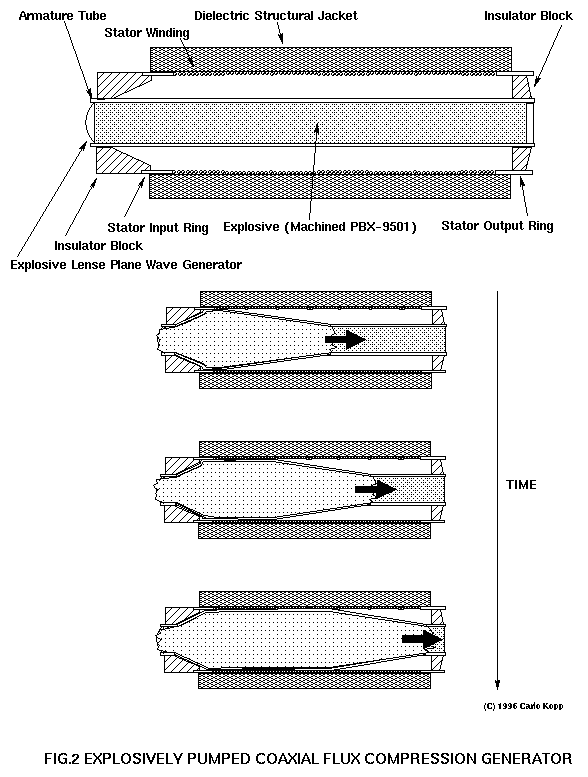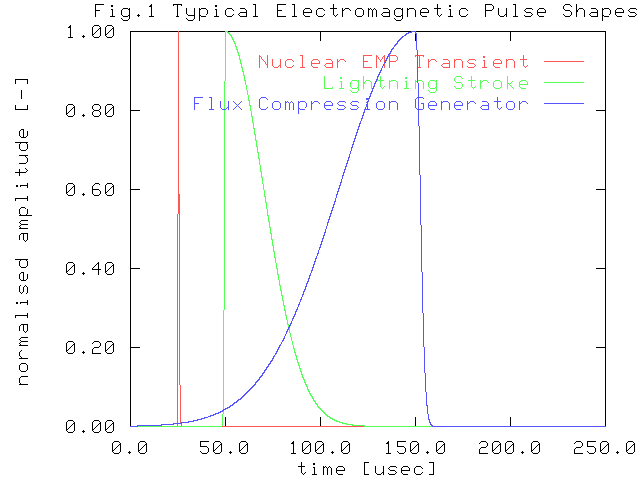Yes, I've been looking for Russian train derailments that could be attributed to lack of foreign roller bearing for a while.
Now there may be one where I expected they would show up first.
1/
Now there may be one where I expected they would show up first.
1/
https://twitter.com/FreudGreyskull/status/1806001945171386598
Something I've been expecting to see since September 2022 in fact.
See that post below:
2/
See that post below:
2/
https://x.com/TrentTelenko/status/1574098999899959296
Is there reason to think about roller bearing failures now?
Yes there is.
Look at the map below.
3/

Yes there is.
Look at the map below.
3/
https://x.com/Prune602/status/1806038639161246198

There are literally no roads where that arctic railway track is laid.
There is a built up railway track on top of arctic permafrost that turns to muck in June, July and August.
4/

There is a built up railway track on top of arctic permafrost that turns to muck in June, July and August.
4/
https://x.com/Prune602/status/1806026812310319350

What I see as evidence for the railway roller bearing hypothesis is the derailment happened at the 6th car behind the diesel locomotives and not _AT_ the locomotives.
5/
5/
https://x.com/Prune602/status/1806038639161246198
If it was a flooded track issue the locomotive, as the heaviest piece of the train would have derailed first.
Yet the _Sixth_ rail car was the one that derailed.
6/
Yet the _Sixth_ rail car was the one that derailed.
6/
The areas with least maintained railway tracks will put the most wear and tear on roller bearings.
It is also where the Russian railcar & locomotive fleets have been the most neglected.
So you all need to be watching for more of this in the Russian Arctic & Far East, as I have.
(H/T @HenryJFoy)
7/
It is also where the Russian railcar & locomotive fleets have been the most neglected.
So you all need to be watching for more of this in the Russian Arctic & Far East, as I have.
(H/T @HenryJFoy)
7/

The Russian pattern of the most neglected track meeting the most neglected engines & rolling stock will cause more & more derailments starting in the arctic, then the Far East.
Then derailments in the Caucuses, moving towards Moscow/St Petersburg.
Finally derailments of the repair trains.
8/
Then derailments in the Caucuses, moving towards Moscow/St Petersburg.
Finally derailments of the repair trains.
8/

The movement of DPRK artillery shells, weapons and now troops through overused and ill maintained Trans-Siberian rail stock & tracks in the arctic summer will show how non-existent Russian preventive maintenance has been since the April of 2021.😈
9/9 End

9/9 End
https://x.com/CITeam_en/status/1378668822002012166

• • •
Missing some Tweet in this thread? You can try to
force a refresh


